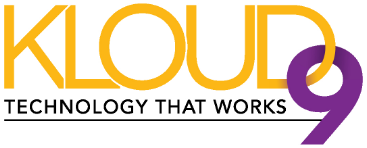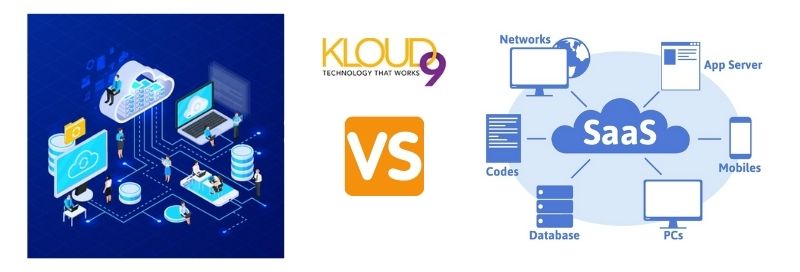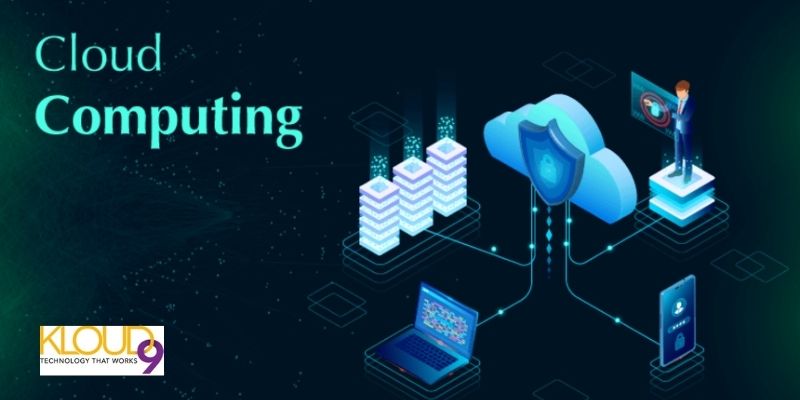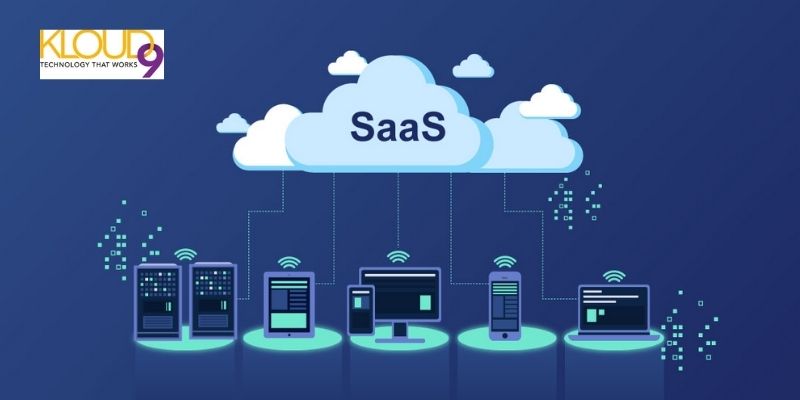We live in a world that is continually evolving, making it necessary for every company or organization to steer its activities toward the new forms of technology. This is the core reason why digital transformation has become a means of survival.
What is Cloud Computing?
Cloud computing is the process of managing, maintaining, storing, processing, analyzing, and securing information by taking advantage of a network of internet-based servers. Information is stored in the cloud, and not on physical devices. This aids businesses to manage their administration effectively, simplify processes, enhance productivity, optimize costs and improve customer digital experience.
Types of Cloud Computing
Cloud computing and SaaS (Software as a Service) are two terms you often come across. When examining different technology alternatives to drive your business, it is highly likely for you to see descriptions like PaaS, LaaS, and Saas.
You need to understand these terms because their differences influence how you interact with the various technologies you operate every day.
Software-as-a-Service (SaaS)
In this first option, there is a third-party cloud that hosts software applications and makes them available on-demand to customers all over the world. Examples of SaaS include Hubspot, Google Apps, BigCommerce, Dropbox, and many more.
Infrastructure-as-a-Service (IaaS)
In this second option, the providers (third-party) will provide hardware tools and software tools, computing platforms, operating environments, and databases, which are built to develop internet applications. Examples of LaaS include Windows Azure, AWS Elastic Beanstalk, GCP, Heroku, and more.
Platform-as-a-Service (PaaS)
PaaS, which is the last option, comprises a third-party vendor who provides access to computing aids such as servers, network components, security, scaling, storage, data center space, and many more. Examples of PaaS include Rackspace, Digital Ocean, and more.
Benefits of Cloud Computing
The benefits of cloud computing include:
1. Flexibility
It aids the flexibility of the organization’s development and management mostly if it’s in a continuous change. Cloud computing enables companies to save costs by preventing them from investing in setting up and maintaining IT in-house resources.
2. Cost-effectiveness
Cloud solutions are flexible and tailor-made for business requirements. They also provide a scalable frame model in which businesses would only need to pay for used services. In this case, an organization can select a cheaper or affordable solution without the need for setting up and maintaining an expensive IT infrastructure.
3. Security
Any personal data or information that is stored in-house can be susceptible to security breaches such as cyber threats or cyber-attack. However, cloud hosting is capable of storing multiple backups of information in a distributed system.
So, even if one of the security nodes breaks down, the information stored in the other ones will remain intact.
4. Parallel Collaboration
With the availability of cloud solution infrastructure, parallel collaboration is possible. This enables people to work together at the same level without any form of hierarchy. The top-down or bottom-up communication mode is eradicated.
Several teams can work together and have passage to the same information, and this can even be done remotely by saving time and facilitating daily tasks.
Examples of Cloud Computing Software
The major cloud computing service providers include:
1. Google Cloud Platform: Google’s core infrastructure, machine learning, and data analytics.
2. Amazon Web Services (AWS): Amazon’s global computers, applications, analytics, storage, database, and deployment services.
3. Microsoft Azure: Flexible, open, enterprise-grade cloud computing platform
4. IBM Cloud: Secure and open public cloud for businesses which includes AI capabilities, hybrid cloud platform, and advanced data.
5. Oracle Cloud Infrastructure (OCI): Offers, servers, applications, networks, and services.
With the use of cloud computing, you are solely responsible for protecting whatever apps you operate on the third-party’s servers. The operating system and physical servers are maintained by this third party.
What is SaaS (Software as a Service)?
SaaS is a software delivery model in which a cloud-based software app is licensed to a user. The app is accessed through the internet, which means the user can’t install and maintain the software locally.
The app operates on the SaaS provider’s servers, which makes them accountable for its maintenance, security, and performance.
SaaS apps are licensed based on subscription packages. You will need to pay a monthly fee depending on the level of service and the number of users. This way, a SaaS provider maintains and makes their app available to you on the internet as a service.
Benefits of SaaS
Just like cloud computing, SaaS software also has various known benefits. These benefits include:
It is a cost-effective way of having real-time access to the software.
It enables multiple users (from 10 to 10,000) to have access to the same software.
It handles its server maintenance effectively.
Examples of SaaS
Popular SaaS applications include:
1. Salesforce: This is a popular CRM that can be accessed through the internet
2. Quickbooks Online: It enables you to access your accounting records from anywhere in the world
3. Zoom: It allows you to have virtual conferences.
4. Slack: It’s a communication tool for groups.
Cloud vs. SaaS
From the above explanation, you can see that SaaS and cloud computing are closely related, but are different.
With the use of cloud computing, a user will be able to manage and customize any software app on a server that is remotely hosted by a third party like Amazon Web Services (AWS). On these servers, you will be given access to your data via the internet.
With the use of SaaS, you will need to pay a subscription to be able to access an already developed, cloud-based software app through the internet. You are not responsible for maintaining the software.
One major disadvantage of SaaS software is that you can lose some form of control over the customization and management of the application.
Conclusion
Cloud computing and SaaS work together to provide flexible, easy-to-access, cost-effective, and secured software apps to all types of users. Both are an integral part of digital transformation.
Cloud computing is a computing service and infrastructure that you can rent while SaaS offerings are fully formed end-user applications.





You must be logged in to post a comment.